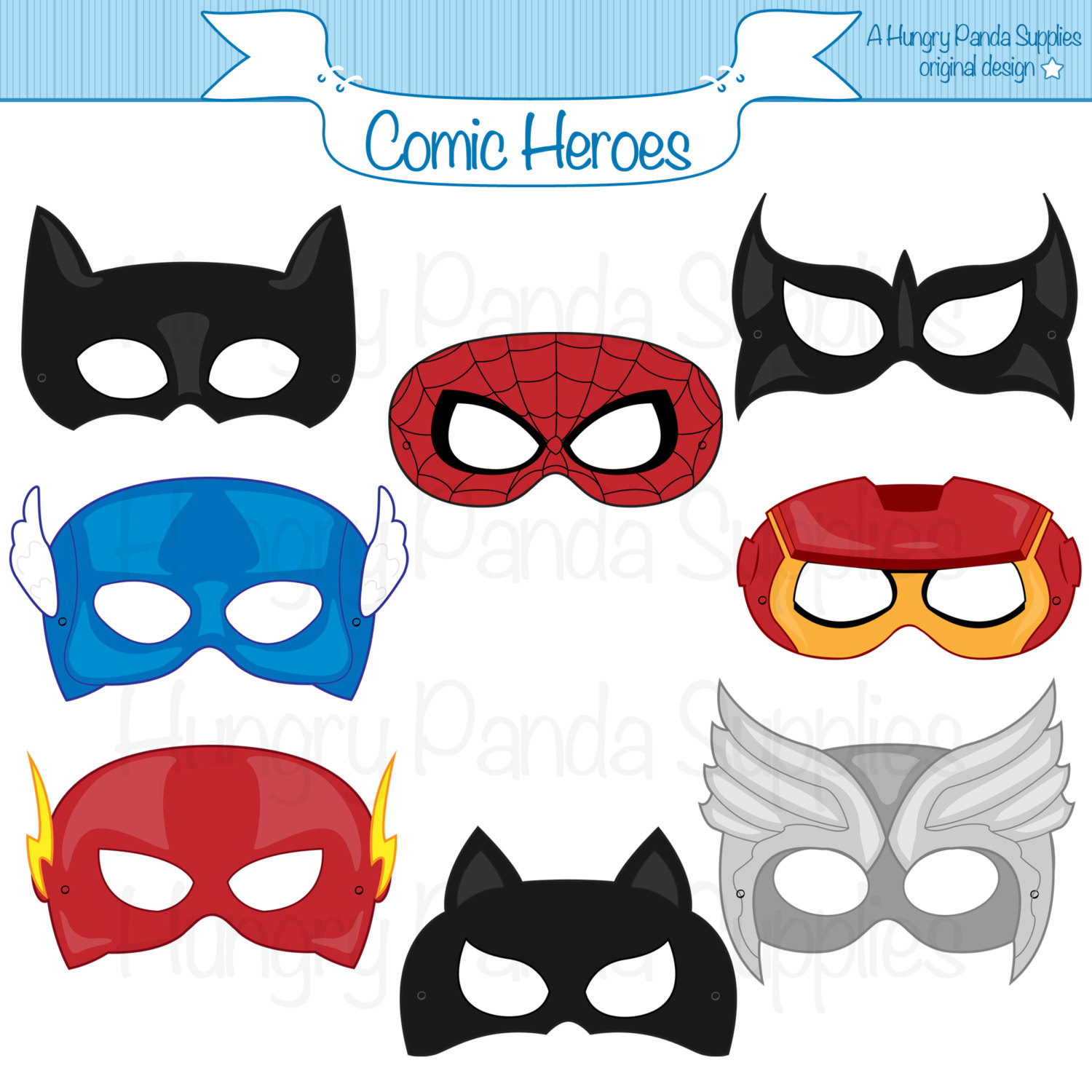Create Your Compelling Brand Story in 5 Steps
Your personality’s powerful—and so is your brand’s.
But let’s be real:
Do you actually enjoy reading and watching the content you post, just for pleasure?
If you don’t, why should your audience?
Maybe what’s missing is a compelling story.

Maybe what your brand is missing is a compelling story.
I’m not talking about case studies or product backstories. I mean the story of your brand itself — a narrative that pulls people in and gets them excited about what’s going to happen next.
A compelling story does more than tell audiences what your brand sells — it gives your brand a face, a personality, and a meaningful mission.
Here are five key steps for crafting a brand story that gets your audience on your team.
Step 1: Look for your brand’s Big Bang.
Every great story starts with a single unforgettable event. Romeo meets Juliet. Dorothy lands in Oz. Steve Jobs and Steve Wozniak move into a garage to build a computer called Apple.
Our universe itself began with the most explosive event of all time: the Big Bang, a name everyone knows by heart, even if they don’t know a single other fact about space.
The funny thing about beginnings? They rarely feel like such big deals when they’re happening.

Start your brand’s story from your Big Bang moment.
Their significance only becomes clear later, when we look back on the story as a whole, and ask ourselves where it all began. That’s when these Big Bang moments matter.
Maybe you got tired of buying overpriced sandwiches — so you whipped up recipes of your own. Maybe you hired a designer to create your website, only to realize you could design it better yourself. Maybe you’d never thought of styling people’s hair, until your friends started begging you to.
Look back on your brand’s past, and zero in on the moment that divides “before” and “after.”
Now focus on every sensory detail of that moment — what you were wearing, what the weather was like, who you were with, what you were feeling, afraid of, looking forward to. Write all those elements down, with as much vivid detail as you can.
Now you have a basic sketch of your brand’s Big Bang moment. Whether you develop the story yourself or hire a content creator to flesh it out for you, you’ve got what you need to paint your brand’s beginning in vivid color.
Step 2: Tell your audience what your endgame is.
Nearly 70 percent of millennial consumers say they work to create meaning in the world, and strongly prefer working with brands that do the same.
If you founded your business with the goal of making money, or providing great service — that’s fine. Those are perfectly legitimate reasons to start a business.
But what’s the story behind those goals?

Tell your audience what your endgame is.
To capture your audience’s imagination, your brand needs to be fighting to change the world. And that change needs to be something that you, personally, want to achieve.
What’s different about the world you want to live in? How are you creating that world?
Don’t just say the first thing that pops into your head. Imagine a jaded protester rolling his eyes at everything you say: “Pshh. Nice try. You’re just another fat cat trying to make more money.”
How will you prove you mean what you say?
Maybe you want to make vacations affordable for your neighbors, or end computer illiteracy in your city, or convince schools to replace junk food with healthy snacks.
Frame your mission clearly and passionately, and your audience will recognize you as “the brand that does that thing.” They’ll tell their friends about your cause. When you score a small victory, they’ll be cheering right along with you — because they’ll know exactly what they’re cheering for.
Step 3: Give your brand a face.
Your customers aren’t the only people who do business with you. You also work with vendors, suppliers, and other partners — and they’re all characters in your brand’s story. The question is how you paint them.
Say your story’s Big Bang moment is the lunch meeting where you and your best friend decide to open your own restaurant. How did that conversation play out between those two characters? Was one of you the “big ideas” person, while the other advised caution? Did you argue? Tell any jokes? Express any fears?
Every brand needs a face — or better yet, a whole cast of faces. Who was there at the beginning?

Audiences connect much more strongly with characters than they do with faceless organizations.
Audiences connect much more strongly with characters than they do with faceless organizations. What would KFC be without Colonel Sanders — or Amazon without Alexa?
Look for the larger-than-life people who’ve made your brand what it is today — and make those characters your spokespeople. Make their personal stories the story of your brand.
Step 4: Cast your customer as the hero.
Who do you think should be the main character of your brand’s story?
If you answer, “my brand, of course!” then you’re missing the point.
The reason you’re weaving a story around your brand is to create a world your audience wants to step into, and participate in — a story that ends with a better world.
To lure your audience into your world, you’ve got to leave a cutout “hero” space shaped exactly like them.

Leave a cutout “hero” space shaped exactly like your audience.
Help your audience understand how their role in the story helps advance your brand’s mission for change—a mission they share.
When they buy TOMS instead of other shoe brands, they’re donating shoes to somebody who needs them. When they book an AirBnb instead of a chain hotel room, they’re supporting locals who believe in renter equality. When they buy online courses from Udacity instead of a traditional university, they’re funding affordable higher education for people around the world.
All these for-profit companies openly admit they want to make money. In fact, customers want to be the heroes who help those companies make money, because they know money’s advancing a story they believe in.
Step 5: Own your mistakes. Treat them as plot points.
When Domino’s Pizza brought in a new CEO in 2010, the company’s reputation and stock price were in the gutter. They were notorious for lousy pizza — and the new CEO owned up to it! He publicly acknowledged the pizza was bad, and launched a campaign to create a better product.
Eight years later, Domino’s stock price has skyrocketed from $12 to a whopping $211 per share. See? Now you wish you’d invested in Domino’s at the very moment they admitted their problem.
Instead of trying to sweep problems under the rug, treat them as plot points in your brand’s story.

Treat your mistakes as plot points in your brand’s story.
Your audience will forget and forgive all kinds of mistakes if they believe in your brand’s long-term mission — and connect with your founders and collaborators as people who strive to give something worthwhile back.
When your audience gets your endgame, and sees your team as the flawed, hardworking people they are, they’ll surprise you with their willingness to step into the hero’s role, and stand by your side every step of the way.
Ready to take your brand’s story to the next level?
We’re here to help.
Schedule your free consultation now.

A 15-year veteran of the journalism and media industries, Ben loves to energize audiences about the frontiers of science, culture and technology — and the ways all these come together.


 (323) 904-8463
(323) 904-8463
